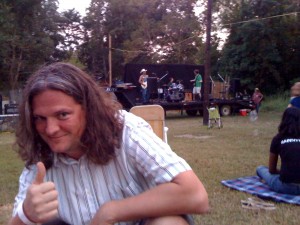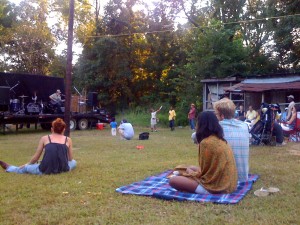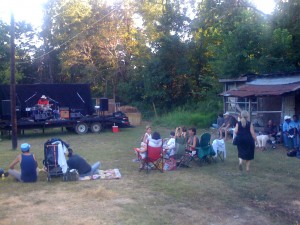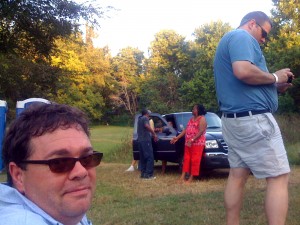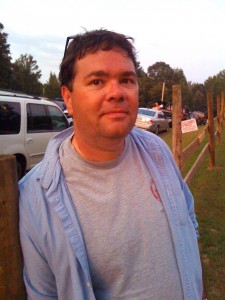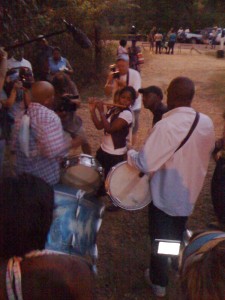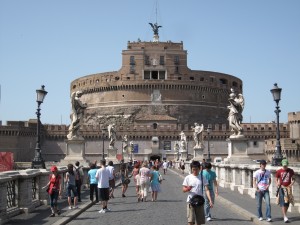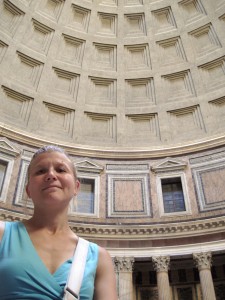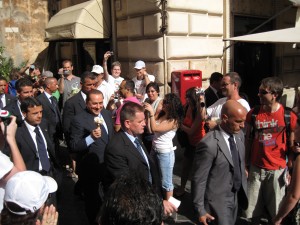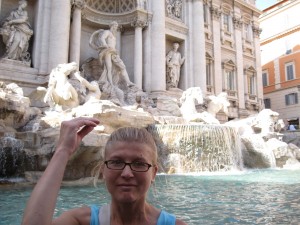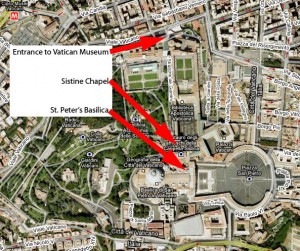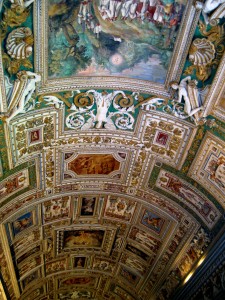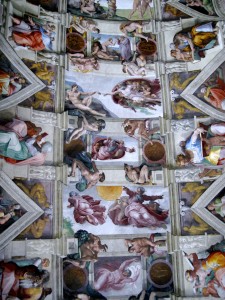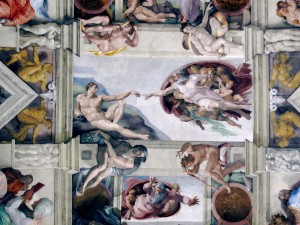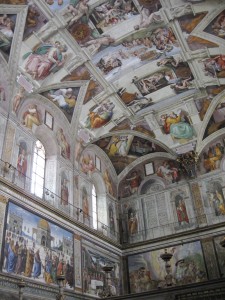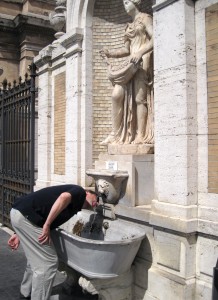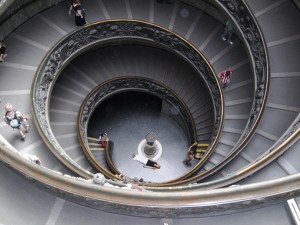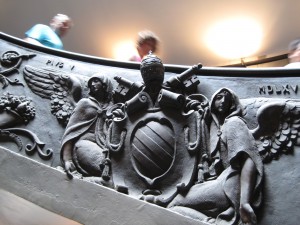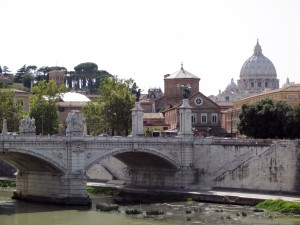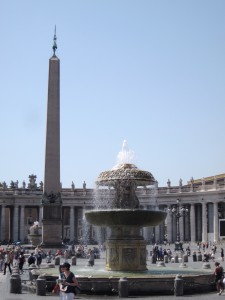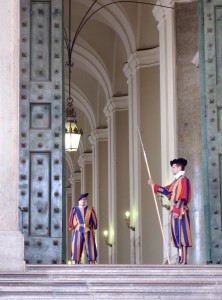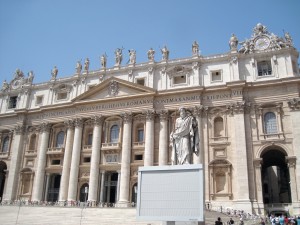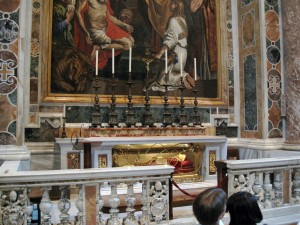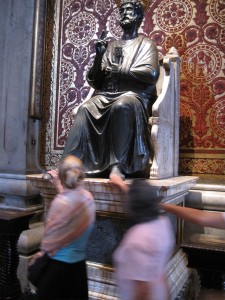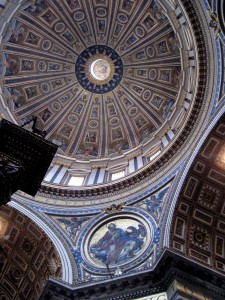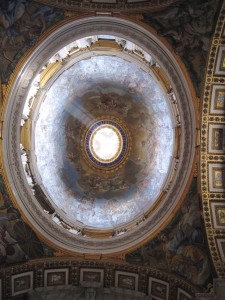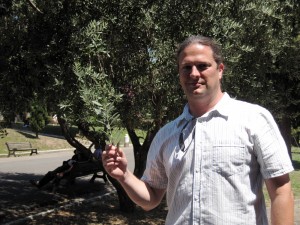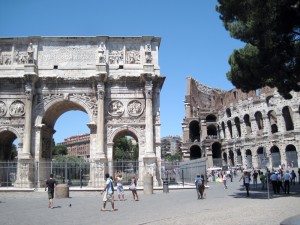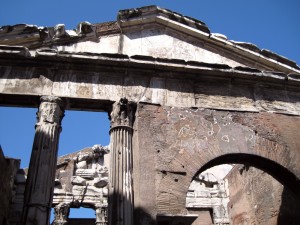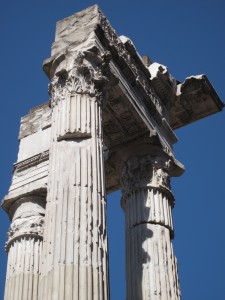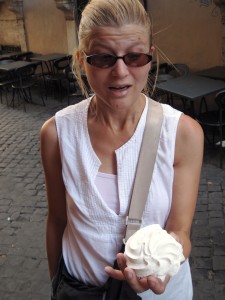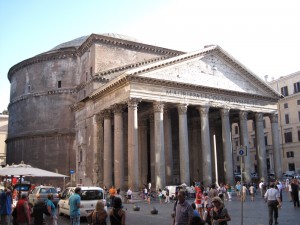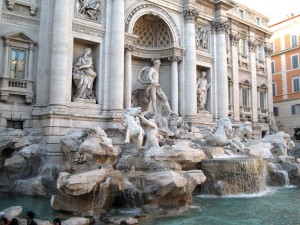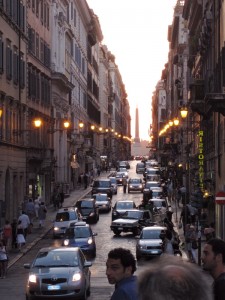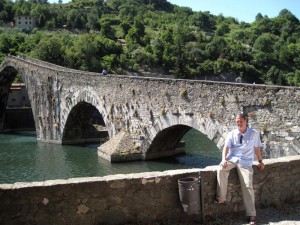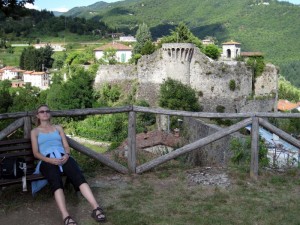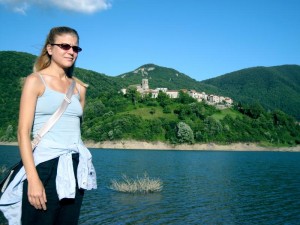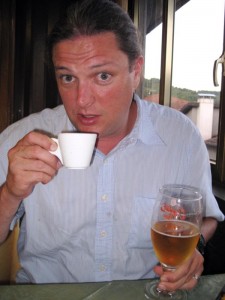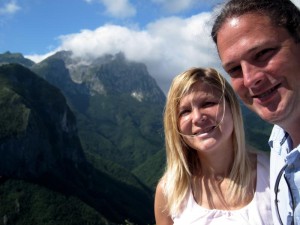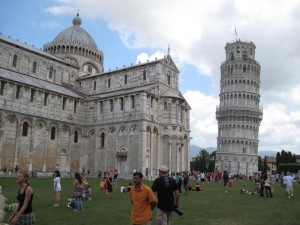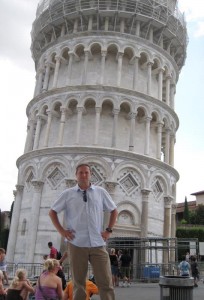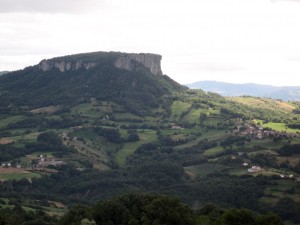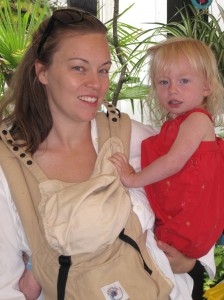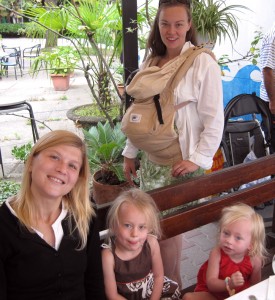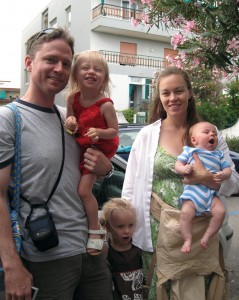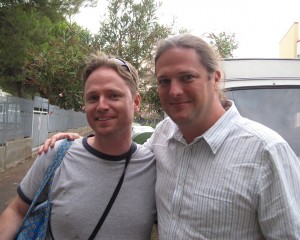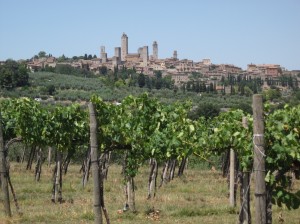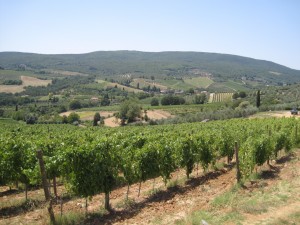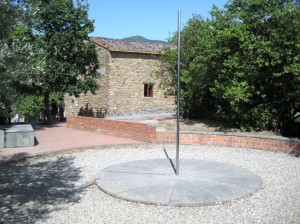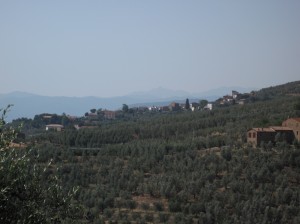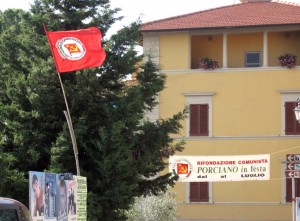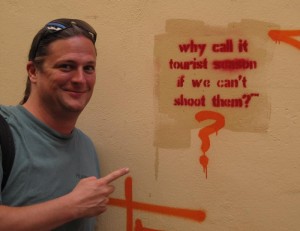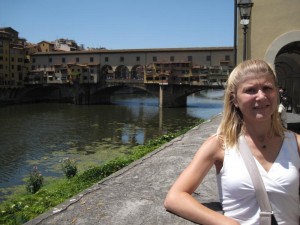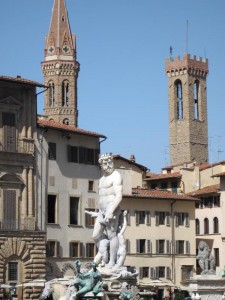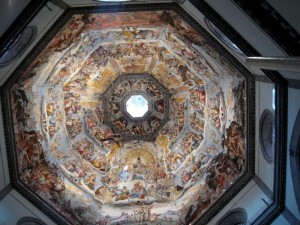I was fortunate enough to experience a precious echo of an old Southern tradition yesterday, attending this year’s Otha Turner Family Goat Barbecue Picnic outside of Senatobia, Mississippi.
The picnic is an annual event held by the Turner family to help keep the memory alive of Otha Turner, a classic Mississippi hill country fife blues player that died in 2003 after a long, influential career. Fife and drum blues is not known well far beyond the South (mostly around Memphis and northwest Georgia), but it is one of the most traditional forms of the blues, with the use of instruments similar to those known in Africa to recently arrived slaves. While the standard, guitar-driven blues is more familiar, fife and drum blues (particularly those played with a traditional bamboo fife) can make the hair stand up on the back of your neck. It is a more stripped-down sound, often performed with no lyrics, where the fife player usually directs the drummers, which are playing snare, tom, or base drums, to carry a particular beat, while the fife plays over it.
The crowd this year was smaller than last year, according to some folks we talked to who attended the past few years, probably due to a North Mississippi All-Stars show at the Shell in Memphis. (The All-Stars have a big following in the area and have played the picnic in the past.) However, while there were fewer folks this year, the weather was excellent and the music was original and inspired.
The house to the right has the porch where the performers used to play, in years past. The old timers from the area staked out their spots early on the traditional porch. Everyone else needs to bring their own chair or blanket.
Frank and Steve really enjoyed the day. (Thanks to Steve and Leigh for bringing this event to our attention…)
Frank may look serious in this picture, but he definitely had a good time. And a goat BBQ sandwich, which we all tried. Yum! Canned beer was $2, the goat and pork BBQ sandwiches were $3.50, and you could even buy a fife for the kids that want to participate and learn a new skill.
The highlight of the evening, for me, is the fife and drum group that forms around sunset. They slowly move around the farm, playing and pausing, while the crowd floats around them, soaking it in. Kids that bought fifes joined in, mimicking the soloist, while the drums beat out an ancient rhythm. Magical. I dare you to just stand nearby and not start moving.
I hope I get the email next year announcing the event. This is something I definitely want to attend again.
